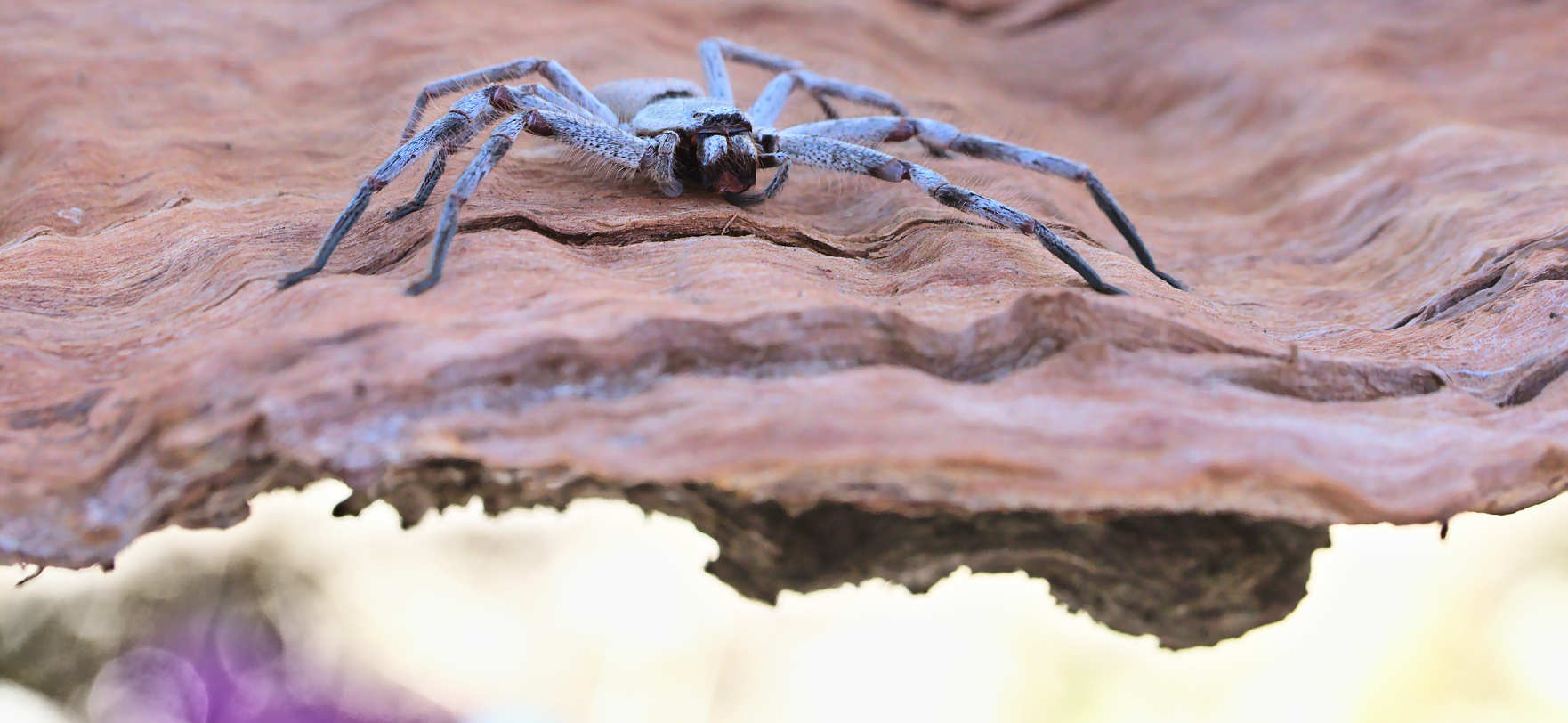When I am not busy with science, work, social interaction, or life-maintaining activities, I spend most of my time outside, looking at wild organisms, trying to identity them, or observing their behavior. Let’s be honest here, it is 90% about birds, the rest of my attention being split between reptiles, amphibians, dragonflies, butterflies, crickets, beetles, angiosperms, mammals and on occasion other more significant clades. I started observing birds, collecting beetles and shells, and trying to identify wild flowers before I was ten years old, in Southern France. Over the course of years, I got good enough at bird identification to become member of local sighting validation committee (local only, so not that good). I also learned to name all the vertebrates (except for the non-monophyletic clade 99% of people call “fish”), all the orchids, most butterflies and dragonflies, and a fair share of flowering plants and crickets (orthoptera), encountered on the field. Finally, I would always have a vague idea (a common name, a family, or at least an order) of what were the other insects, the mushrooms, the spiders… That felt really great.
That knowledge more or less applied to Western Europe, but I have now moved to Canberra, Australia. Upon arrival I knew close to nothing about the local natural history wildlife. Where to start? Should I even bother? Assuming I stay there for only three years (which is the duration of the initial contract), there is absolutely no way I could build a solid knowledge of all the groups I new back in Europe; that knowledge was built over two decades, with fresh neurones, I had much more free time, and Europe has incredibly good books and a dense network of experts ready to help.
I am frustrated by not knowing what everything is, but things are improving. After 18 months in Canberra, I am feeling quite confident about birds in the Australian South-East: I know most songs and calls (but not all gnnnn!!), know approximately what to expect where and when, and I am starting to regularly find local rarities… Next, large mammals are easy, and small ones too difficult to tempt me (do I really need to know which Antechinus?); dragons and snakes are easy because there are few species… That is about it. I have no idea about small skinks and frogs, have found three orchids, am still confused by different eucalypts… I am just starting to try and put a name on butterflies (for which there are good books) and dragonflies (my true loves, but the guide is not good and Canberra’s Odonata seem quite unpredictable / are never to be found when I bring a net). Let see…


